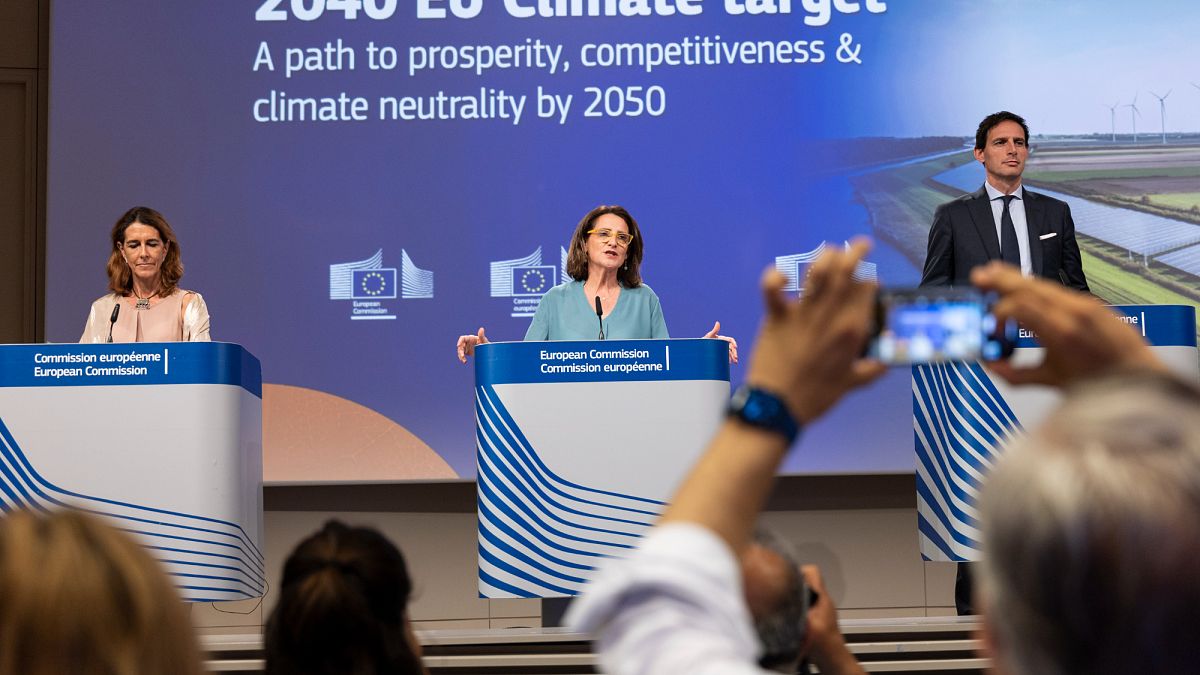

As we navigate the complexities of the modern world, the European Union continues to play a pivotal role in shaping both global policy and technological advancements. Today, two significant initiatives by the EU and groundbreaking research illustrate the forward-thinking spirit and the challenges that accompany it.
The European Union has recently proposed the incorporation of international carbon offsets to assist in meeting its ambitious 2040 climate targets. This initiative aims to bolster the EU’s efforts in reducing emissions, demonstrating a commitment to eco-friendly practices and global cooperation. While there are concerns about the potential for outsourcing emission reduction efforts, the strategy reflects a pragmatic approach to addressing the shared responsibility of climate action.
In a parallel stride, Brussels unveiled its inaugural quantum strategy to enhance the EU’s capabilities in quantum computing. This strategic move is part of an effort to keep pace in the burgeoning global tech race, with the promise of innovations that may transform sectors such as healthcare, defense, and cybersecurity. The initiative underscores the importance of unifying efforts across member states and fostering innovation to secure the EU’s leadership in future technologies.
However, with advancements come inherent risks. The potential introduction of quantum technology poses challenges, especially in terms of cybersecurity. The EU is pushing for critical infrastructure to transition to post-quantum security by 2030, aiming to preemptively address vulnerabilities and ensure robust protection against future cyber threats. This forward-looking measure highlights the necessity of not only embracing innovation but also safeguarding against potential disruptions.
Meanwhile, in the realm of historical research, scientists have achieved a remarkable milestone with the complete genome sequencing of an ancient Egyptian. The analysis of a skeleton found in a sealed pottery vessel sheds light on the life of a potter who lived over 4,500 years ago. This scientific breakthrough offers invaluable insights into the genetic heritage of ancient civilizations and exemplifies the power of modern technology in uncovering the mysteries of our past.
Shifting focus to the Middle East, recent geopolitical developments have cast a spotlight on Iran’s nuclear ambitions. In the aftermath of a 12-day military conflict involving Israel and the United States, questions linger regarding the extent of damage inflicted upon Iran’s nuclear facilities. While some narratives claim significant setbacks, conflicting intelligence reports paint an ambiguous picture of Iran’s current capabilities and future intentions. This situation reflects the nuances of global diplomacy, where strategic opacity can both protect national interests and provoke international tension.
As the world observes these unfolding stories, the intersection of scientific advancement and diplomatic strategy offers a portrait of contemporary challenges and opportunities. The journey ahead will undoubtedly require a harmonious blend of innovation, adaptability, and collaboration to navigate these intricate landscapes. These developments, in their varied spheres, remind us of the interconnectedness and shared destiny that bind us on the planet. Through mindful dialogue and concerted effort, we can aspire to craft solutions that are not only effective but also enlightened.
Source: {link}
